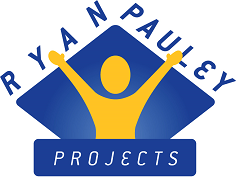Decades of specialising in this niche of oral presentations has allowed us to identify and address many issues that compromised students’ success. Yet in one crucially important area, making an ill-conceived assumption about students’ ability caused us to let them down. This important area is the application of non-verbal components (some call these aesthetics) to create a confident, engaging delivery.
Here’s how we got it wrong…
When it came to the point of taking their completed speech and ‘bringing it to life’ with their vocal delivery and body language, we would ask senior students to list what they already knew about these areas. Without fail, they could rattle off the key components. We would have a student-generated list of just about everything we’d hoped for – voice volume, tone, rate, emphasis, pause and stance, eye-contact, facial expression and gestures.
So, we assumed that students understood these and would know how to apply them. This is the silly assumption we made. Just because they knew of them didn’t mean they knew how to apply them. We’d created a step too far, and students inevitably stumbled.
We found that once we built a series of smaller steps, students were able to quickly apply the principles. Here are two examples:
- Even though they could nominate rate of delivery as a valuable way of varying their vocal delivery, most presentations tended to be at the same rate. Most students did not need encouragement to speed up, but having them choose specific sentences (with selection criteria) where they will slow their delivery was effective.
- Rather than just reinforcing the principle that purposeful gestures and movement were more effective than fidgeting and shuffling, we require students to identify a gesture (from a list of typical gestures) that they can use in the first ten seconds of their presentation. Experience has shown that the sooner a student starts moving their hands, the more natural their delivery will be.
Providing students with smaller steps in this area has shown success in students of all levels. These techniques form the basis of the ‘Speech Written…What Now’ Teaching Kit
